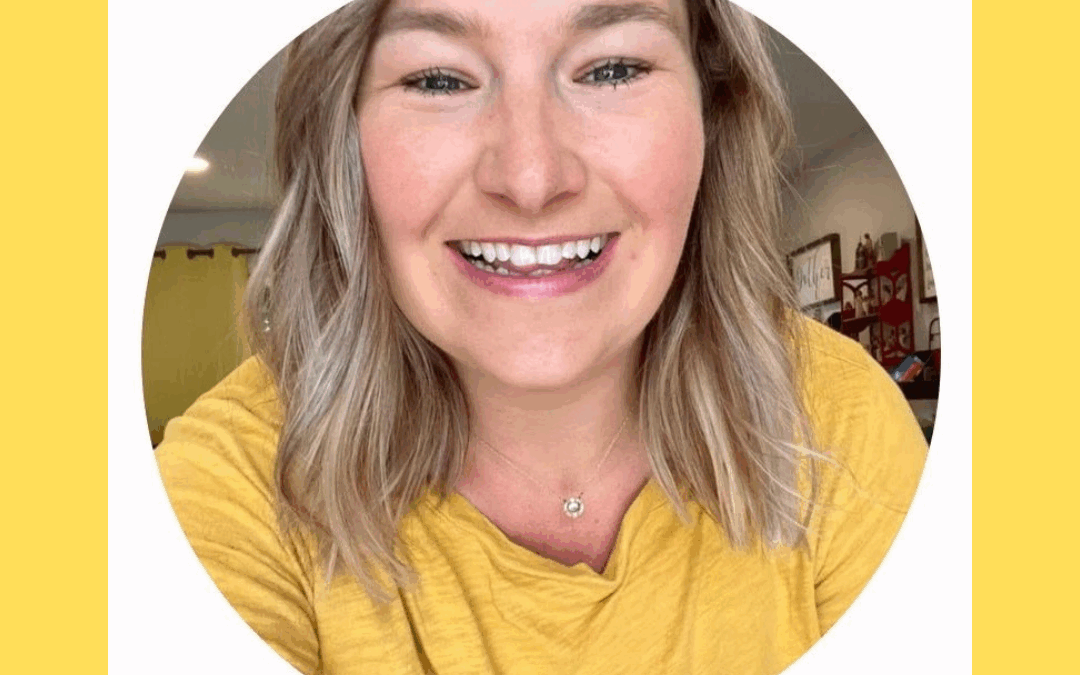
by Guest | May 23, 2025 | Being Well, Featured, Uncategorized, Work Well
By Cami Aufdermauer
May is Mental Health Awareness Month, and it’s a powerful reminder to check in not only on the people around us but on ourselves. Mental health isn’t just about crisis moments or diagnoses. It’s about wellness, a daily practice of showing up for your mind, your emotions, and your purpose.
For me, one of the most important things I’ve learned is this: mental health is rooted in connection. The more connected we are to ourselves, to others, and to something greater, the stronger and more resilient we become.
Connection to self means knowing yourself well enough to recognize what you need. Sometimes it’s reaching out for support. Sometimes it’s taking a walk, unplugging for a bit, or simply giving yourself permission to rest. Living with a growth mindset means asking, “What is this moment trying to teach me?” instead of, “What’s wrong with me?” It’s about being kind and curious with your inner world.
Connection to others is equally vital. We’re not meant to do life alone. Who’s in your circle? Who lifts you up, checks in on you, challenges you to grow? For me, I’ve found deep support in my church community and in my roles as a child advocate and hospice chaplain. These spaces remind me that I’m not the only one carrying hard things, and that compassion and shared experience can be healing.
And finally, connection to purpose is what keeps me going. I believe there’s a greater plan at work in my life. Knowing I’m part of something bigger helps me step outside of my own anxiety or stress and re-center on what really matters. Purpose gives me the courage to show up, even on the hard days, because I know my presence and my voice matter.
If you’re feeling disconnected or overwhelmed, you’re not alone. But I encourage you to pause and ask: How connected am I to myself, to my people, to my purpose?
Mental health isn’t just an individual journey. It’s a shared one. The more we choose connection, the stronger and more whole we become.
You don’t have to have it all together. You just have to stay connected.
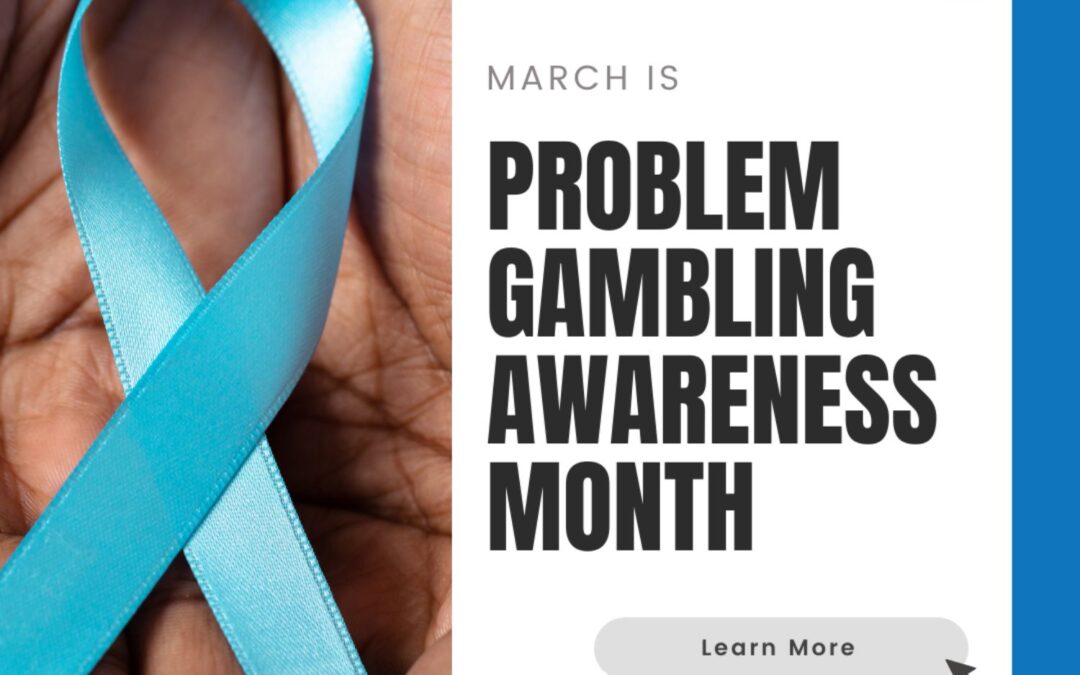
by Guest | Mar 24, 2025 | Being Well, Featured, Uncategorized, Work Well
Written by: Sarah Ermer, MPH, CHES; Prevention Specialist at Tillamook Family Counseling Center
March is Problem Gambling Awareness Month, and when it comes to a behavior that can cause significant harm and remain hidden so easily, awareness is key. You may only picture gambling addiction as someone losing their life savings at a casino, and while many still experience gambling addiction in this way, gambling today takes more forms than it did even a decade ago. Technology has changed gambling, access to gambling, and how addiction takes hold—sometimes in ways we don’t even recognize.
If you’ve ever found yourself mindlessly scrolling through social media, telling yourself “Just one more minute” only to realize an hour has passed, you’ve experienced how technology can hijack our attention. Social media platforms like TikTok, Instagram, and YouTube Shorts use algorithm-driven content and intermittent rewards—features that stimulate the brain’s reward system much like gambling. Every swipe holds the potential for something exciting, unpredictable, and engaging. This taps into something psychologists call our variable reward system, which is the same mechanism that drives gambling behaviors. The uncertainty of what’s coming next (a viral video, a big payout) keeps us engaged far longer than we intend. This is why gambling addiction, like social media overuse, isn’t simply about willpower. It’s about the way our brains are wired for reward and reinforcement.
Let’s zoom out a little more, beyond gambling and social media, to another related pastime: video gaming. Though distinct activities, the line between gaming and gambling is becoming blurred. Many video games have features that replicate or explicitly mimic gambling. Spin-to-win rewards and loot boxes where players can pay real or in-game currency to win an unknown prize are both examples of how video games are exposing younger and younger players to the hook of gambling, not to mention games where players can enter and gamble within virtual casinos. And the younger a person is exposed to an addictive behavior, the more likely they are to experience addiction later in life. That’s why some countries, including Belgium, the Netherlands, and Australia have restricted or banned loot boxes from video games.
Moving back to the present-day landscape of gambling itself. Gambling is no longer confined to casinos or lottery games. In 2019, Oregon legalized sports betting, allowing people to place wagers anytime, anywhere via their smartphones. While convenient, this also means that gambling addiction can develop in secrecy. Someone could lose thousands of dollars without ever leaving their home. The accessibility of gambling apps makes it easier to engage impulsively, making problem gambling harder to recognize until significant harm has occurred.
Sports betting platforms, casino apps, and online poker sites are designed to keep users playing, using features like quick deposits, loss-chasing prompts, and VIP rewards. Without physical cash changing hands, it’s easy to underestimate losses. And because gambling doesn’t leave visible signs like drug or alcohol misuse can, it’s often called the “hidden addiction.” That’s why it is necessary to learn the warning signs of gambling addiction, both in ourselves and others.
Warning signs of gambling addiction can include:
- Spending more and more time gambling
- “Chasing” losses with more gambling
- Feeling the need to bet more money to feel the same excitement
- Creating special occasions for gambling (canceling other plans)
- Frequently borrowing or losing money with no clear explanation
- Mood swings, anxiety, or depression linked to gambling outcomes
- Feeling restless or irritable when trying to cut back
If you choose to gamble, these steps can help minimize harm:
- Decide in advance how much time and money you can afford to spend, and stick to that limit
- Avoid chasing lost money. The more you try to recoup your losses, the larger your losses will be.
- Make it a private rule not to gamble on credit. Don’t borrow money to gamble.
- Avoid gambling under stress. Don’t gamble as a way to cope with physical or emotional pain.
- Take breaks. The longer you play, the harder it is to stick to your limits. Step away regularly.
- Know when to walk away. If gambling stops being fun or causes distress, it’s time to stop.
Lear more warning signs and safer gambling guidelines by visiting OPGR.org.
I hope this article can be your introduction to learning about gambling harm and addiction. A few sentences about gaming or sports betting doesn’t begin to cover the depth of the issue, and there is always more to learn.
Remember, gambling addiction isn’t just a matter of willpower, and help is available. If you or someone you know is experiencing gambling harm, help is free and confidential. Go to OPGR.org, or call 1-877-MY-LIMIT.
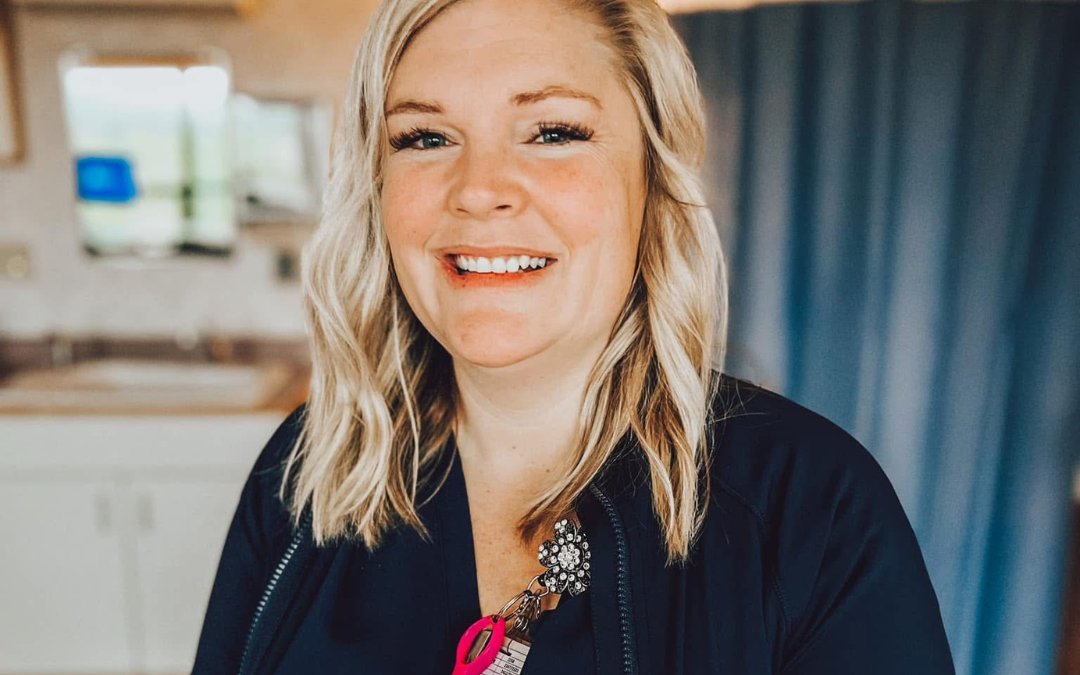
by Guest | Feb 26, 2025 | Featured, Work Well
Written by Marian Johnson
In 2005, my husband, two children, and I moved to Hebo, Oregon, in search of a fresh start. We lived in the front room of single-wide trailer. The bathroom floor had collapsed, and holes in the walls made life challenging, but even then, we felt blessed. Compared to many of our neighbors, we were fortunate to have one of the few working bathrooms in the area.
At the time, my three-year-old son, Trevon, wasn’t speaking yet, which led us to enroll him in Head Start in Beaver, Oregon. He was also picked up by Northwest ESD Tillamook for additional services later in the day. Tre started attending Head Start to address his developmental needs, but what I gained from the experience was far more than I ever expected.
Every day, a small bus would pick up Trevon from our trailer. They kindly made room for me and my one-year-old daughter as well. Head Start didn’t just serve Tre—they fed all three of us and offered me invaluable guidance on how to move forward with my life. They counseled me on returning to school and taking steps to improve my family’s situation.
Even though Trevon went to Tillamook for part of the day, the bus would drop my daughter and me back home, where we waited for his return. It was during those quiet hours, sitting in the front room of that trailer, that I made the decision to enroll in nursing school. It wasn’t an ideal time—without stable housing and with two small children—but I knew it was a step I had to take.
The challenges didn’t end there. We eventually moved to Tillamook, but we lost our home again and were forced to live in a motel funded by the CARE office until they could help us find stable housing. When we finally moved into a house, it felt like a turning point. I still live in that home today, and I’ve even been able to purchase it—a symbol of everything we’ve fought for as a family.
Today, I sit here as the manager of a labor and delivery unit. This achievement wasn’t mine alone; it’s the result of the countless people and organizations that supported me during those difficult years. From Head Start and Northwest ESD to the Oregon Food Bank, CARE, and many others, these groups surrounded my family with warmth, meals, encouragement, and hope. They didn’t just help us survive—they empowered me to dream and take action for a better future.
Sixteen years later, I reflect on how blessed I am to have been part of such an incredible community. I’ll never forget how much these organizations helped me when I had nothing to give my children for Christmas or how they provided food and shelter when everything else seemed to fall apart.

by Guest | Oct 11, 2024 | Being Well, Featured, Uncategorized, Work Well
Let’s face it: Whether you’re a single parent, have a supportive co-parent, or are part of a large, supportive family system, parenting well is hard. Kids, no matter how much we love them, don’t come with instruction manuals and often push us to our limits.
We want to bring our best selves to this parenting endeavor; we know how we treat and invest in our children will have lifelong repercussions . . . but sometimes we need a little support.
Engaging your child resourcefully, creatively, and educationally, boosting and encouraging playful curiosity, and celebrating developmental milestones—that’s what our family educators do every day. We believe that parents are their kids’ first and best teachers and we want to equip parents to engage their kiddos with creative, fun learning activities all year long.
Did you know that year-round support from Healthy Families and Early Head Start is available to families in every part of Tillamook County? Here’s what you need to know about our three Child & Family Programs, all housed under Community Action Team:
Healthy Families:
– Register your child within 90 days of birth
– Known for their diaper program
– Regular home visits, frequency of visits based on need
– Healthy Families – Community Action Team (cat-team.org)
Early Head Start:
– Registration accepted year-round, ages 0-3
– Weekly home visits
– Biweekly socializations/play dates
– Educational and literacy focus
– Seamless transition to Head Start (preschool, ages 3-5)
– www.nworheadstart.org
Head Start:
– preschool (drop off/pick up)
– only available to families living in Tillamook proper at this time
– 2 locations: 1100 Miller Ave, Tillamook, OR and 3808 12th Street, Tillamook, OR
– www.nworheadstart.org
We are a resource for you and want to make your parenting journey a little less
overwhelming, so you can offer your kiddo your very best self!
To reach out and ask questions, please contact:
Christina Pfister
Family Advocate for Early Head Start
971-813-9450
cpfister@nworheadstart.org
Written by Christina Pfister, Family Advocate for Early Head Start
Other wellness questions? Email us at info@tillamookcountywellness.org. For more local health and wellness information, visit www.tillamookcountywellness.org or follow Tillamook County Wellness on Facebook and Instagram.
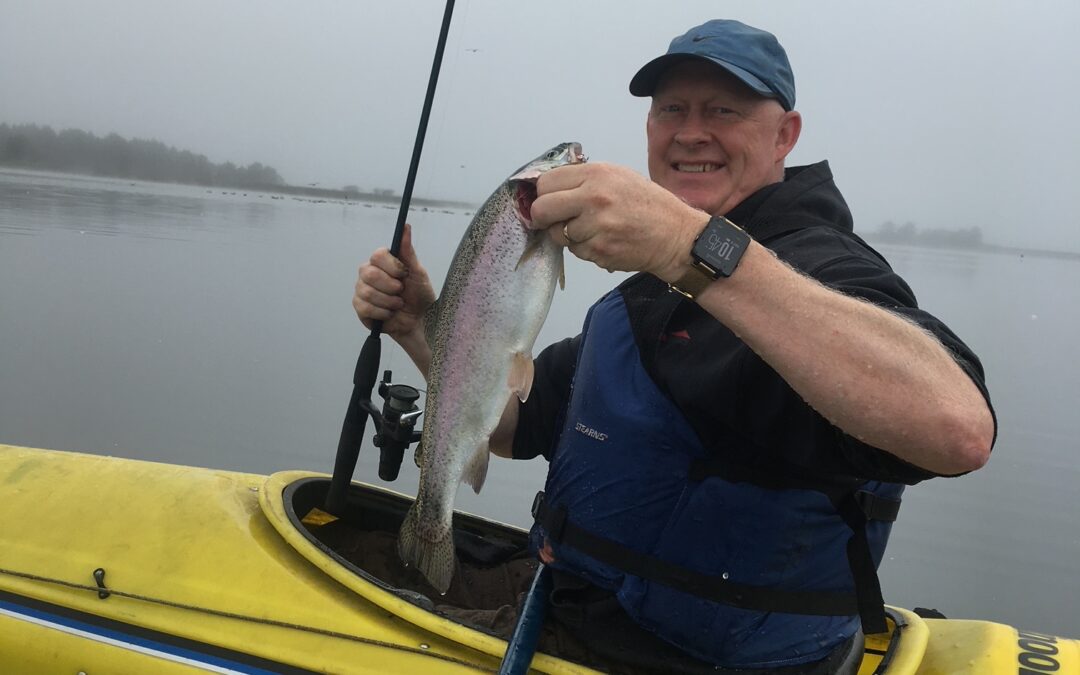
by Guest | Jul 12, 2024 | Being Well, Featured, Move Well, Work Well
Occupational Therapy is an often misunderstood or unheard of rehabilitative therapy. It is not just about our jobs and work we do. The easiest way to say it is therapy for anything that occupies your time. If there is anything you can’t do that you want to do, then come to us and we will help you get back to doing it. Sleeping, cooking, hobbies, socializing, travel, etc. are all things that occupy your time. There are many ways we can help by analyzing the activity and then finding other ways to do it, using exercises and strengthening to make it more possible, or using devices or equipment to make it possible. We can come to your house and do an evaluation if home modifications or larger equipment is needed, or you can come to see us in outpatient therapy to work on improving function in your life.
Occupational Therapist use more of a wholistic approach to therapy. We don’t just look at the physical, but also the psychological and sociological aspects of a person to help them. What do they enjoy, what is important to them and what they think and believe are important things to be considered. When we can’t do what we enjoy due to pain, or loss of ability this affects the whole person. We can help to deal with chronic pain management as well as behavioral management to work with the person as a whole. We are also Qualified Mental Health Practitioners and can help with depression, anxiety, or other diagnoses associated with these issues.
The best way to get a referral is through your primary care provider (PCP). Employees can self-refer, also. We’re working to increase provider awareness about our services, but your always welcome to ask questions. If you have any questions or need advice on what to say to your PCP, feel free to contact Timothy Patching at patchitr@ah.org. We’re here to help you every step of the way!
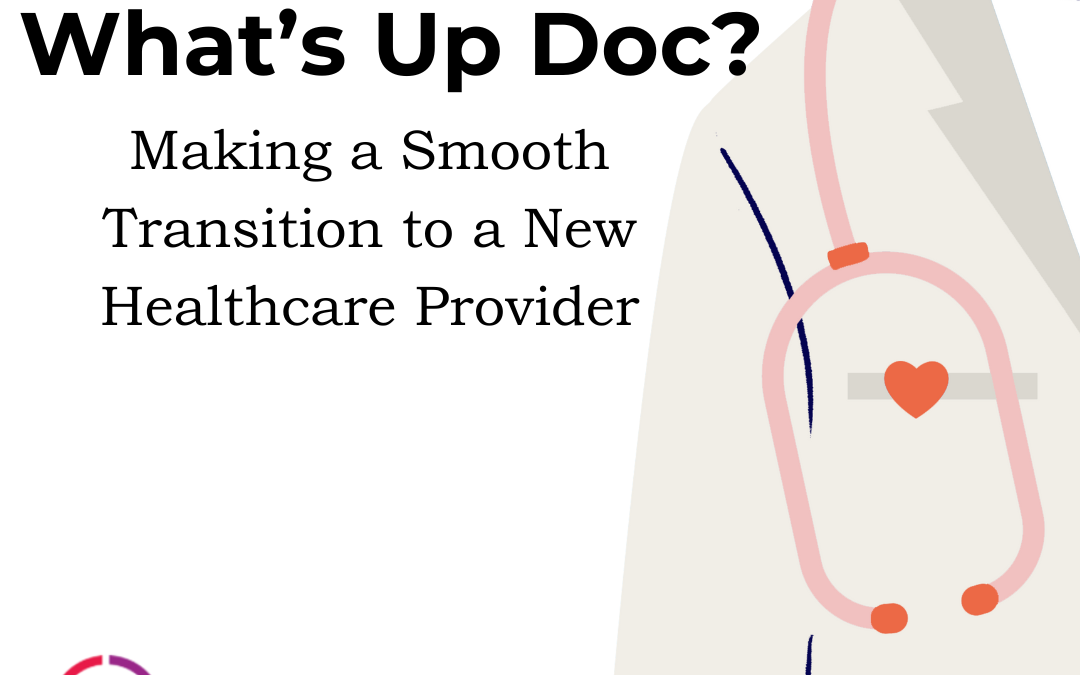
by Guest | May 30, 2024 | Being Well, Featured, Uncategorized, Work Well
When your primary care provider (PCP) retires, you move, or your insurance changes, finding a new healthcare provider can be challenging and anxiety-inducing. You want someone you can trust with, well, you. You want someone knowledgeable and empathetic to your personal needs. After all, this is someone you will see during times of vulnerability. Finding the right fit and fostering a good relationship is a vital part of managing your health. There are steps you can take to find someone you are comfortable with who provides the care you are looking for.
Choosing Your Doctor
Many different things go into why you choose a specific healthcare provider. Determine what is most important to you when selecting someone to see.
Qualifications: A PCP is a healthcare provider who sees people for common medical problems. Traditionally, this was a doctor. In the State of Oregon, medical doctors (MDs), osteopathic doctors (DOs), nurse practitioners (NPs), physician assistants (PAs), and naturopaths (NDs) can all work as primary care providers. Each type of provider has medical training, but the training varies based on their education, which affects how they provide care.
Get to Know Them: Look up their profile on the clinic’s website. This usually includes a photo and a bit of information about the person. Reading online patient reviews may give you a sense of their communication or practice style.
Office Hours and Availability: Finding someone who works when you don’t will make getting your routine care easier. Make sure you know their clinic’s hours, including any weekend or evening availability. Also, when you call to schedule, ask about the specific provider’s availability. Are they booked out months in advance? That is a warning about potential difficulty seeing them when an issue arises.
Insurance Coverage: Some clinics may take your insurance, but your insurance may not cover the one provider you want to see. An example of this is with naturopaths who are not covered by Medicare. It is also important to remember this when your insurance changes. A new insurance may not cover the provider who has managed your care for the last 10 years. Contact your insurance company for a list of covered providers.
Before Your First Appointment
Preparing your first appointment will make the appointment go more smoothly for both you and the new PCP. There are basics any new healthcare provider will need:
Collect information on your medical history:
- Past surgeries, illnesses, chronic health conditions
- Current medications, supplements, and allergy list
- Vaccination record
- Family medical history
Make a list of concerns to talk about with the provider:
- What is most concerning to you that day?
- Keep the list short with at most three items. Appointments are typically only 20-40 minutes. Respect the provider’s time to see their other patients by scheduling a second visit if needed.
- Do you have high blood pressure or diabetes? Write down recent readings to share with the provider.
Making the Most of Your First Visit
Show up prepared to get the visit off to a good start. This will help reduce any anxiety or stress you may have about it.
- Make sure to give yourself enough time for the appointment without needing to rush off to another task.
- Arrive early to fill out paperwork.
- Bring any past medical records or contact information for your previous PCP and specialists.
- Remember that insurance card!
Plan for open communication.
- Be honest about your health. The PCP can’t give you the best care if pieces of your healthcare puzzle are missing.
- Talk about your healthcare goals. Are you worried about a family history of dementia or trying to bring down your blood pressure? Let them know.
- Ask questions to clarify information you don’t understand.
- Request a written summary of the visit for you to review later.
- Know the next steps, such as any follow-up visits or referrals.
Building a Long-Term Relationship
Any good relationship requires effort from both sides.
- Stay in touch with your healthcare provider by scheduling regular well checks.
- Schedule and keep the follow-up visits your provider recommends. These visits are generally to keep an eye on health concerns.
- Keep your PCP updated about any changes to your health, such as new injuries or surgeries.
- If you see a specialist, go to urgent care, or the emergency room, make sure the records of your visit are sent to your PCP.
Finding a PCP can go smoothly with a bit of preparation. One of the fundamental components to developing a good relationship with your healthcare provider is seeing them regularly, not just when you have a problem. This helps the PCP get to know you and your health situation. Open communication will go a long way in building a strong provider-patient relationship, which can help to improve your health outcomes.
AUTHOR: Leanna Coy, FNP-C, Family Nurse Practitioner and Health Content Writer






